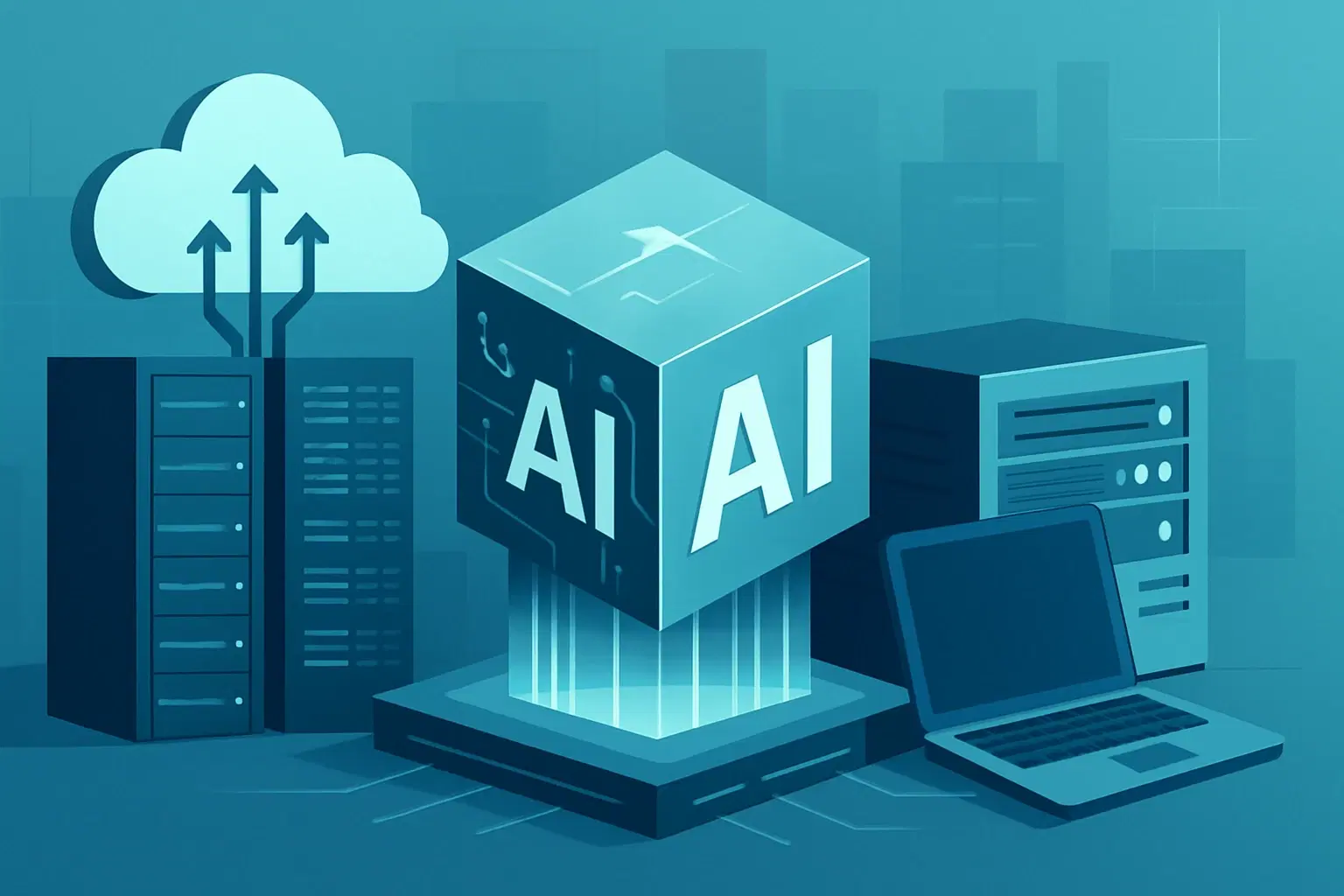
Enterprise AI Strategy
•02 min read
As enterprises move beyond initial experimentation and begin to scale their GenAI initiatives, a deep understanding of the underlying technology becomes paramount. This fourth installment in our series focuses on the critical aspects of GenAI infrastructure, the nuances of foundation model selection and customization, and the emerging field of LLMOps (Large Language Model Operations) necessary for managing GenAI at enterprise scale.
The foundation model lies at the heart of any GenAI application. Several factors influence the selection process:
Performance: Different models excel at different tasks. Evaluate benchmarks and performance metrics relevant to your specific use cases.
Cost: API costs can vary significantly between providers and models. For self-hosted models, consider the infrastructure costs associated with running them.
Task Suitability: Choose models specifically trained for the types of content generation or reasoning required for your applications.
Data Privacy: Understand the data handling policies of hosted API providers. For sensitive data, self-hosted models may offer greater control.
API vs. OSS Trade-offs: As discussed in the previous blog, APIs offer ease of use but less control, while open-source software (OSS) provides flexibility but demands more in-house expertise.
Fine-tuning allows enterprises to adapt pre-trained foundation models to their specific needs and data. Key considerations include:
Purpose: Fine-tuning can improve model performance on specific tasks, incorporate domain-specific knowledge, and align model outputs with desired styles.
Methods:
Full Fine-tuning: Updates all the model's parameters, requiring significant computational resources and data.
Parameter-Efficient Fine-Tuning (PEFT) - LoRA, QLoRA: These techniques modify only a small fraction of the model's parameters, significantly reducing computational cost and data requirements while achieving comparable performance gains.
Data Requirements: High-quality, task-specific training data is crucial for effective fine-tuning.
Retrieval-Augmented Generation (RAG) is a powerful technique for enhancing the knowledge and accuracy of language models by grounding them in an organization's private data. Key components include:
Embedding Models: These models convert text into numerical vector representations that capture semantic meaning.
Vector Databases (Pinecone, Milvus, Weaviate, etc.): These specialized databases store and efficiently search the vector embeddings of your knowledge base.
Data Chunking and Retrieval Strategies: Techniques for breaking down documents into manageable chunks and implementing effective search algorithms to retrieve relevant context.
The infrastructure needs for enterprise GenAI can be substantial:
Compute (GPU/TPU Requirements): Training and running large language models often require specialized hardware like GPUs (Graphics Processing Units) or TPUs (Tensor Processing Units) for accelerated computation.
Storage (Data Lakes/Lakehouses): Efficiently storing and managing the large datasets required for training and RAG necessitates robust data storage solutions like data lakes or lakehouses.
Cloud vs. On-premise/Hybrid Infrastructure: Enterprises must decide on the optimal infrastructure deployment model based on factors like cost, security requirements, and existing IT infrastructure. Hybrid approaches that combine on-premise and cloud resources are also common.
Cost Factors: Carefully consider the costs associated with cloud compute, storage, API usage, and in-house infrastructure maintenance.
Finally, LLMOps is an emerging discipline focused on the operationalization of large language models. Key aspects include:
Experiment Tracking: Systematically logging and comparing the results of different model training runs and prompt engineering experiments.
Model/Prompt Versioning: Managing different versions of models and prompts to ensure reproducibility and facilitate rollbacks.
Automated Evaluation: Implementing automated metrics and processes to continuously assess model performance and identify potential issues.
CI/CD Pipelines for GenAI: Establishing continuous integration and continuous delivery pipelines for deploying and updating GenAI models and applications.
Monitoring Strategies: Implementing robust monitoring to track model performance, identify drift, and ensure the reliability and security of GenAI deployments.
Mastering the technology core is essential for enterprises to effectively scale and manage their GenAI initiatives. This involves making informed decisions about foundation models, understanding the nuances of fine-tuning and RAG architectures, addressing significant infrastructure needs, and implementing robust LLMOps practices. Building a strong technological foundation will enable enterprises to harness the full power of GenAI while ensuring performance, reliability, and security. Our next blog will address the critical aspects of governing GenAI deployments to mitigate risks and build trust.


